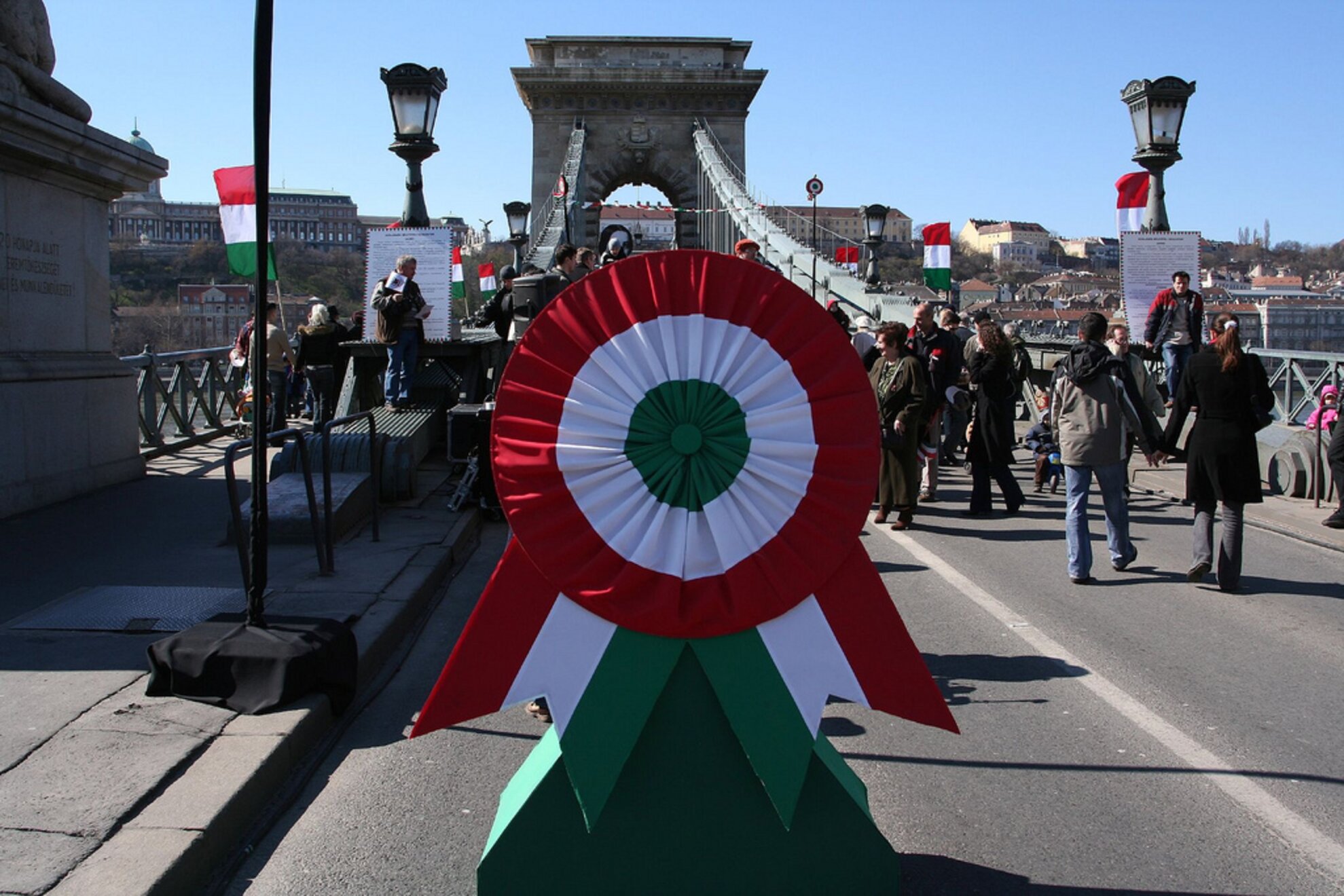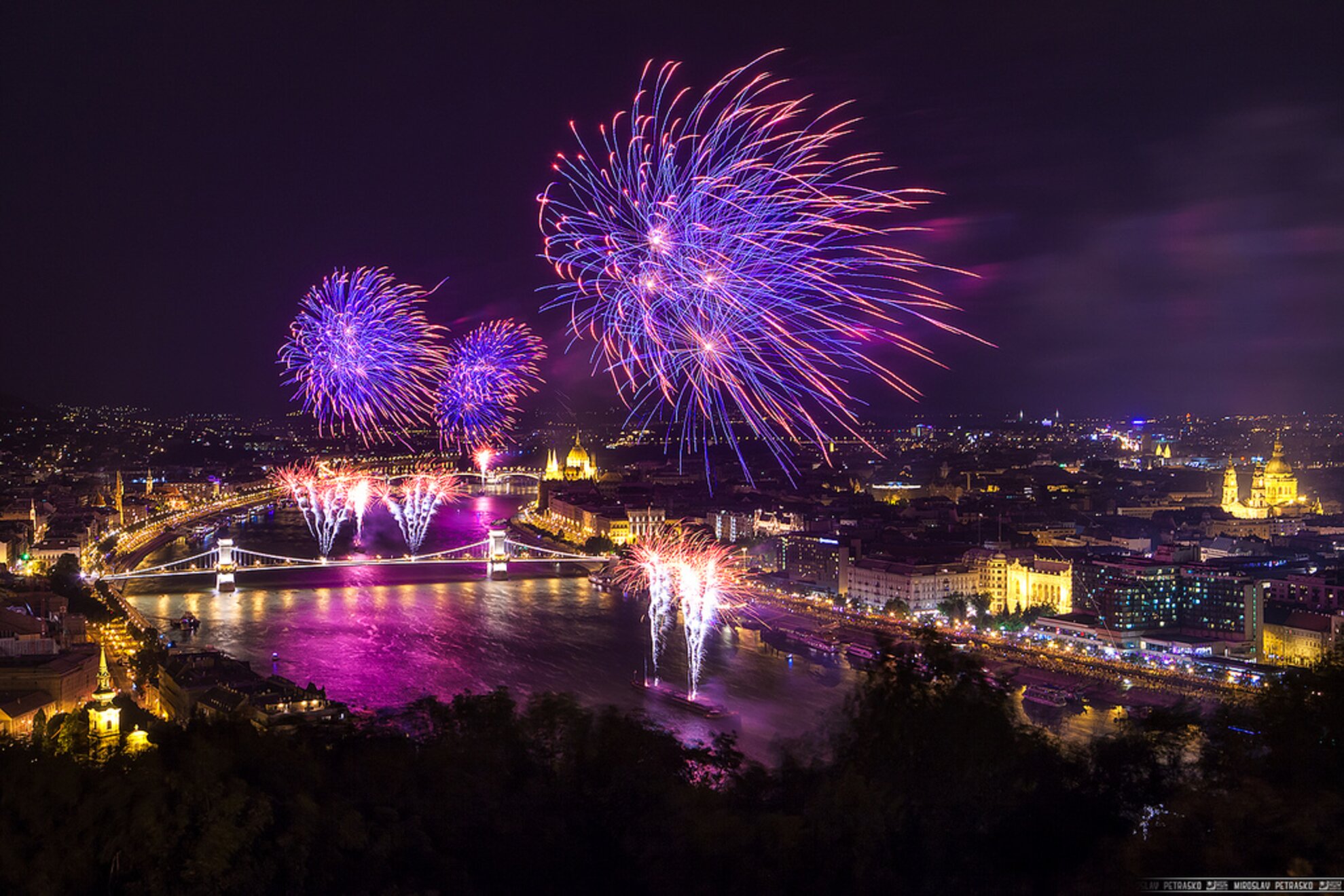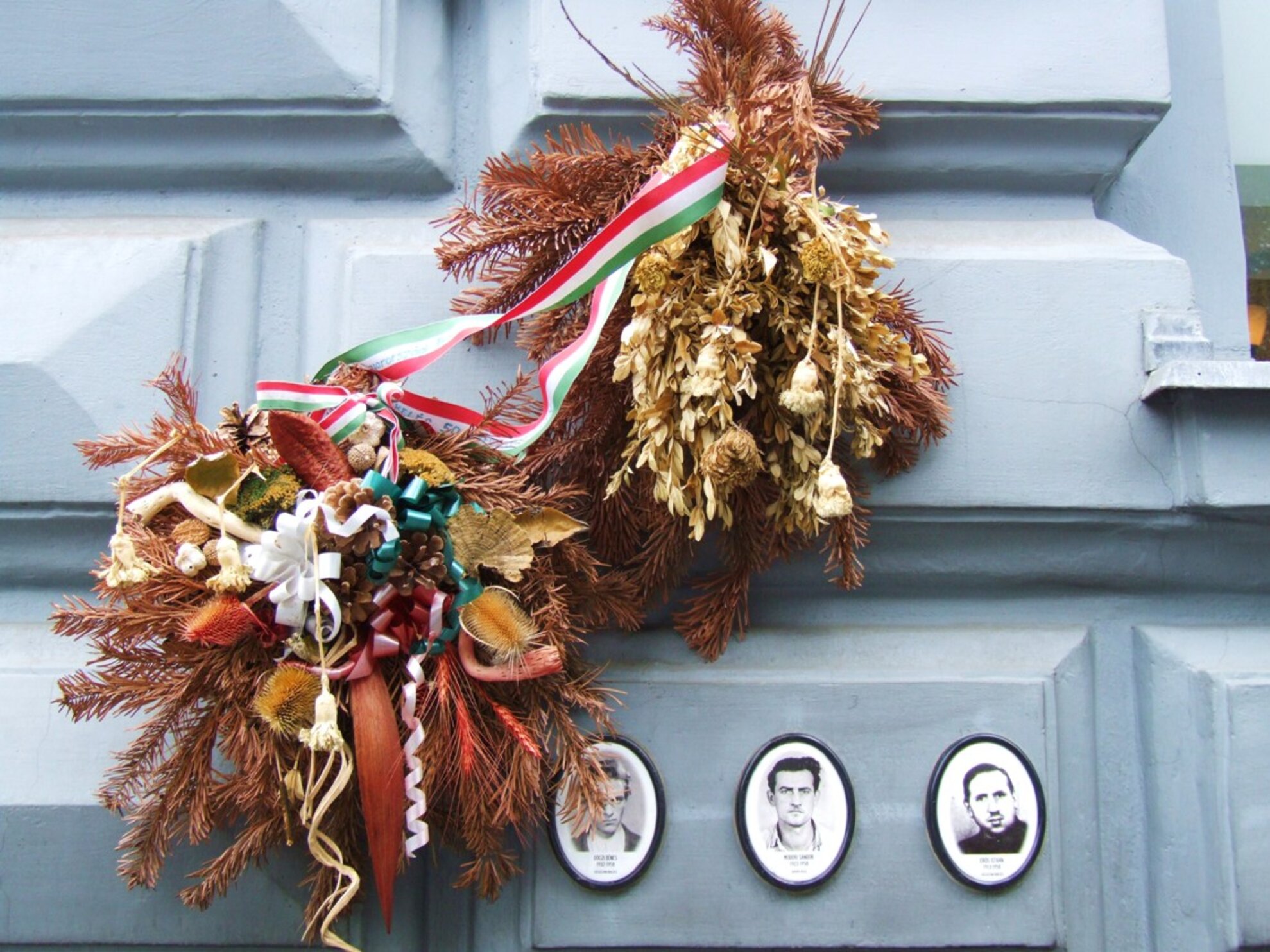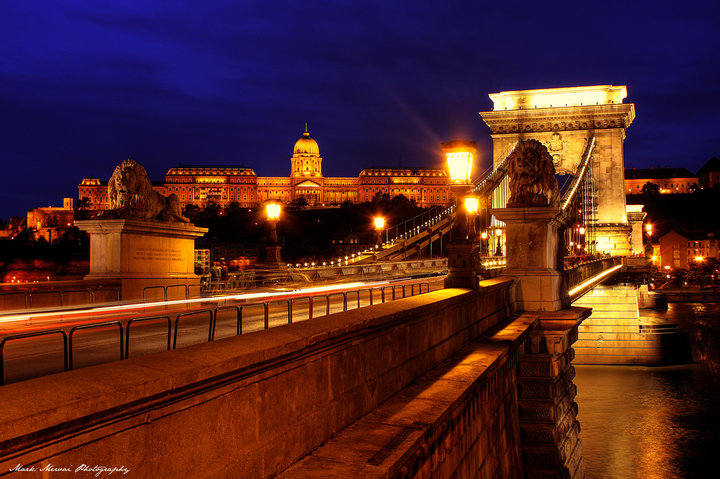15th March: Revolution and War of Independence 1848 In 1848, the Kingdom of Hungary revolted against the Habsburg Empire, and soon the revolution ballooned into a war for independence. The Hungarians were led by iconic figures such as Lajos Kossuth, István Széchenyi, Sándor Petőfi, and József Bem. Don’t be surprised if the revolutionaries mentioned ring a bell, several Budapestian streets and squares are named after them.
The revolution began on 15 March with violent demonstrations that achieved the establishment and recognition of an independent and democratic political system in Hungary. After a long and gruesome military campaign and a number of revolutions in surrounding Habsburg territories, the Hungarians were defeated and Franz Joseph I did not recognize Hungary’s independence.
Even though the revolution was defeated, its 15 March outbreak is celebrated countrywide and serves as a reminder for how precious independence is.

20th August: Saint Stephen’s Day Saint Stephen was the first king of Hungary and thus the founder of the Hungarian State. During his reign, Hungary enjoyed a rare period of relative peace. He introduced Christianity to Hungary, so it’s not a surprise that Saint Stephen’s Basilica, where his Holy Right Hand is kept, is named after him.
On 20 August, Hungarians celebrate both St. Stephen and the foundation of the State. Fireworks are displayed over the Danube, and festivities centered on Hungarian traditions are organized throughout the whole country.

23rd October: Revolution and War of Independence 1956 After World War II, Hungary became a part of the USSR and was governed by the Socialist Workers’ Party by communist principles and under the strict surveillance of the Soviet Union.
Fed up with the oppression, Hungarians revolted on 23 October 1956. It was spontaneous and began with student demonstrations in Budapest, but after the peaceful demonstrators were fired upon by the State Security Police, things got out of hand. The revolution spread all across the country and the communist government collapsed. When Hungarians began to believe that brighter days are ahead, the Soviet Union’s forces invaded Budapest and crushed the revolution on 4 November.
The outbreak of the revolution, 23 October, is a day to remember and respect the heroes of 1956 who knew that actions speak louder than words and weren’t afraid to put their lives on the line for what they thought is most precious for a nation and a human being: freedom.





